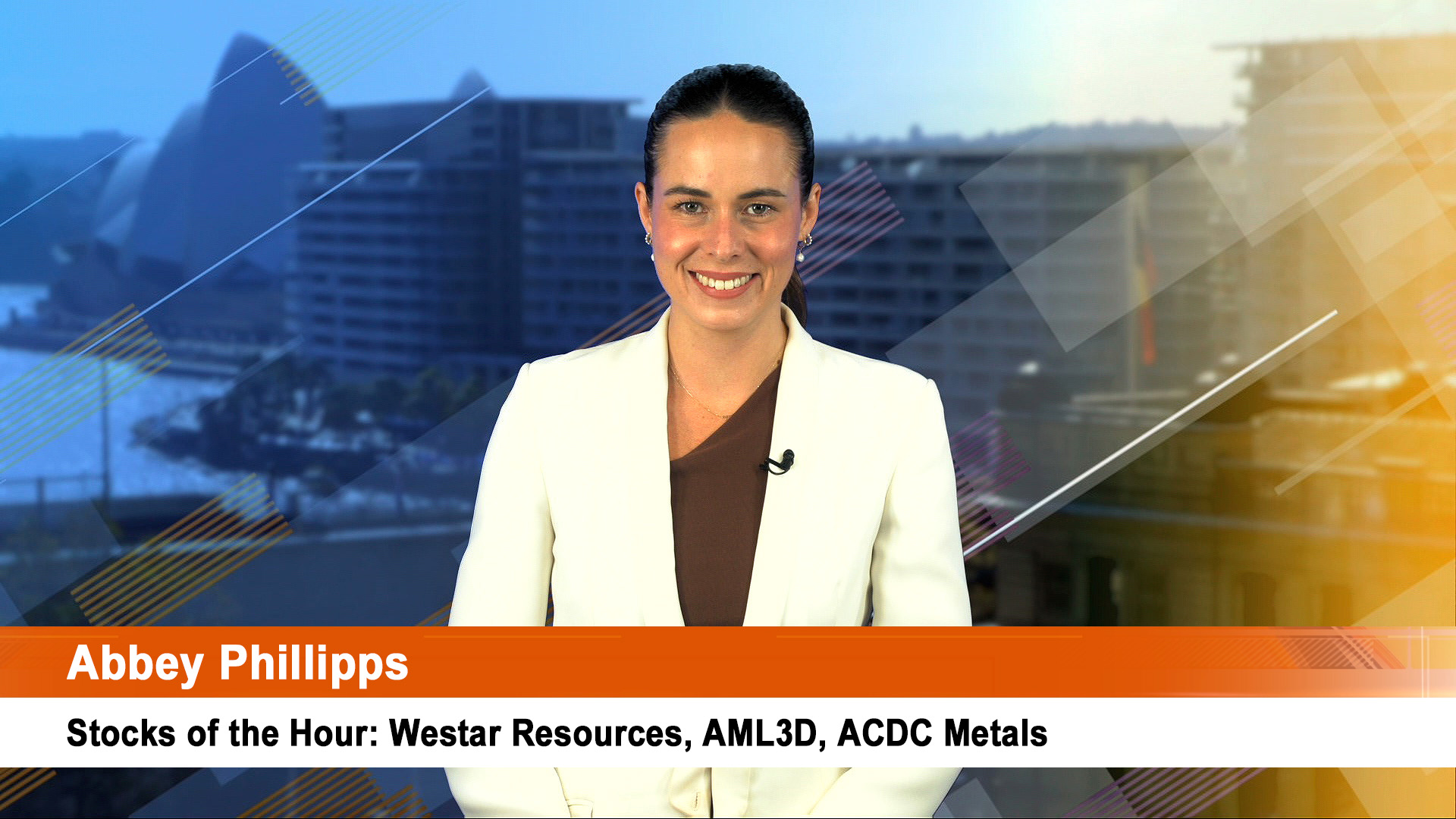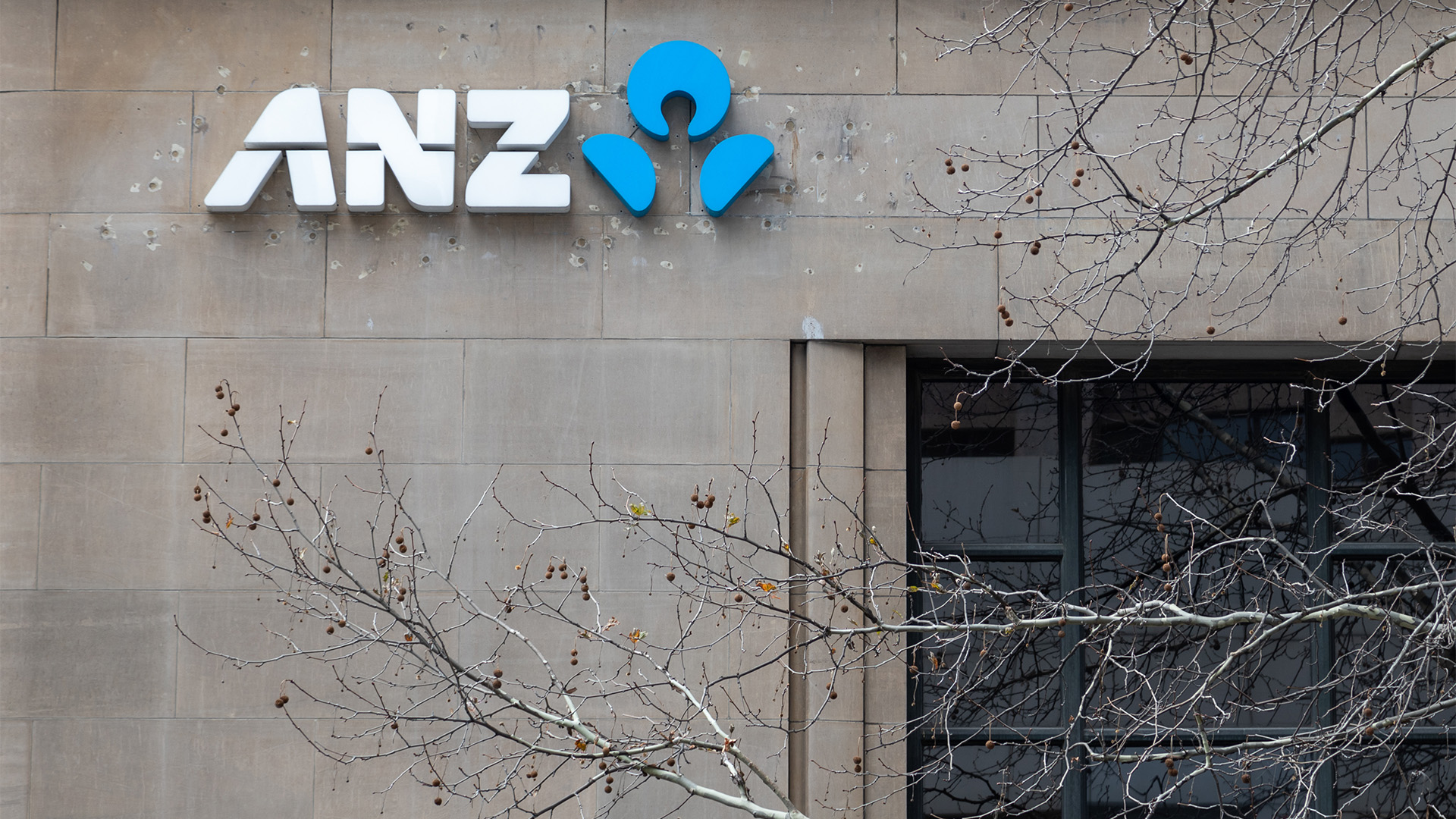Interest rate decisions in Australia, the eurozone and the UK loom this week, along with jobs and unemployment data in Australia and the US, plus the usual scattering of early monthly data from a number of leading economies.
As well there’s the start of the usual monthly data from China, with trade and inflation out later in the week.
In the US the first, delayed estimate of 3rd quarter growth will be released.
The Melbourne Cup tomorrow stops Victoria and much of the country. For many the Reserve Bank’s decision on interest rates will be ignored because of the race.
Offshore the downward pressure on oil prices is starting to gather more attention and concern from some quarters. Keep an eye on the market because it’s starting to undermine commodity prices, even though the US, Chinese and Eurozone economies are on the up.
The coming week also sees retail sales data for Australia, the October surveys of services here and offshore, as well as the the remaining manufacturing PMI and also the first estimate of third quarter US GDP.
In Australia, the RBA is expected to leave interest rates on hold on tomorrow.
Economic data since the last RBA meeting has been generally positive which tells us the economy is still sluggish, but not ailing. Confidence is improving, manufacturing is doing better and the rise in building activity and property prices generally will see the bank leave rates on hold tomorrow.
On top of this, September quarter consumer price inflation was a little bit higher than expected – but not much, but underlying inflation was well within the RBA’s target range.
That’s another reason why rates won’t change.
The RBA meeting will also have the latest economic forecasts from the bank’s staff and the full report will be released on Friday in the 4th and final quarterly Statement of Monetary Policy for 2013.
The October jobs report on Thursday from the Bureau of Statistics is forecast to show 5,000 new jobs and an unemployment rate of 5.7%, up from the 5.6% in September.
Retail sales today are tipped to show a solid 0.4% rise (and more details of domestic online retailing activity is also likely to be released by the Bureau of Statistics).
The trade data for September is tipped to show another deficit. House price indexes for the September quarter are also out today, and the overseas arrivals and departure figures for September will be issued tomorrow.
Corporate news this week will be dominated by the full year profit results for Westpac this morning and the September quarter trading update from the Commonwealth Bank on Wednesday.
Westpac is tipped to earn more than $7 billion and pay a higher final dividend, in line with what the ANZ and the NAB announced last week.
The annual meeting season continues with companies including Downer EDI, Fairfax Media, Country Road, Echo, Commonwealth Bank, Telecom (in NZ) and Whitehaven Coal.
In Asia, the Chinese data for October will dominate the news flow for most markets later in the week.
After a solid rise in manufacturing activity to 18 month highs (as recorded in the government issued survey on Friday), the import data will be closely examined to see if demand for commodities like iron ore, copper and other metals and coal support the survey results.
But judging by the two surveys of manufacturing. the data for October is expected to be consistent with solid growth.
Trade is out Friday, inflation on Saturday, as well as industrial production, urban investment and retail sales. Also look for a pick up in export growth after September’s 0.3% fall.
Analysts say there should also be steady to slightly softer growth in industrial production, retail sales and fixed asset investment (Saturday), while underlying inflation will be benign.
Saturday also sees the start of the Third Plenum of the Chinese Communist Party.
This is the first such meeting of the new leadership in China and is widely expected to announce an aggressive reform agenda, including a widening crackdown on corrupt behaviour.
A similar meeting in 1978 triggered the opening up of China and a massive change to the economies of countries like Australia, the US, Asia and of course China. So it is potentially a big deal.
In the US, employment data (Friday) for October will likely show the impact of the partial government shutdown on the economy with payroll growth likely to have slowed to 130,000.
The unemployment rate is seen increasing to 7.3% from 7.1%, but the key here will be the participation rate (which is falling).
The impact is likely to have been temporary though with a bounce back in jobs growth expected in November.
The fiscal impasse is also likely to have pushed down the non-manufacturing conditions ISM index (tomorrow night, our time).
Consumer credit data for September is also due out midweek.
But the early consumer sentiment data on Friday for November are likely to show rebound with the Washington mess over for the time being.
Soft growth in business investment is likely to have seen September quarter GDP growth slow to an annualised pace of 1.9% from 2.5% in the June quarter.
But this is the first estimate which is more often than not revised in the second or third estimates, especially as trade and personal spending and income data won’t be in for a week or so.
That and the October jobs report will be watched by investors for confirmation that the Fed was right to keep its $US 85 billion of stimulatory spending going, or for signs that the economy is doing better than expected.
Both the jobs data and the FDP figure will be weaker than in previous months, but that won’t worry the Fed given the signs at last week’s meeting that it is starting to firm up the timing of the start to the cuts in spending.
The US central bank kept its view of the current state of the economy unchanged, despite the impact of the Washington impasse on the budget and the debt ceiling.
The US earnings season continues with third quarter reports from banking giant, HSBC, the markets group CME Group, Vulcan Materials, Tenet Healthcare Tuesday, AOL, Liberty Interactive, Telsa Motors, Toyota, Time Warner, Apache Oil, Disney, Tim Hortons, Groupon and Wendy’s.
In Europe, there’s the meeting of the European Central Bank which is under pressure to cut interest rates or reveal some sort of monetary policy softening, especially after consumer inflation sank to an annual rate of just 0.7% last month.
That was down from the 1.1% annual rate in September and near a four year low.
Analysts reckon there’s now a real chance the ECB will cut its key policy rate from 0.5% to 0.25%, but others say there might be an expansion of long term loans to banks to encourage them to lend into an expanding economy.
But the Germans on the ECB board might object, with inflation and property prices rising in that country.
The euro fell sharply on Friday night after the inflation data was released.
That ended the solid rise which had taken the currency to two year highs during the week. On Friday night it ended at a two week low.
That is well under the 2% target for the ECB and will be driven lower this month by falling oil prices.
The weakness in inflation came despite the obvious rebound in economic activity in much of the eurozone, especially Germany, Spain and France.
This week’s also sees the release of the final surveys of manufacturing surveys for the eurozone on Wednesday.
And late in the week industrial production figures are released in Germany and Spain on Thursday and France on Friday. Retail sales numbers are published in the eurozone on Wednesday.
Spain has emerged from recession with positive growth in the September quarter.
Friday also sees international trade data out for the UK, Germany and France.













